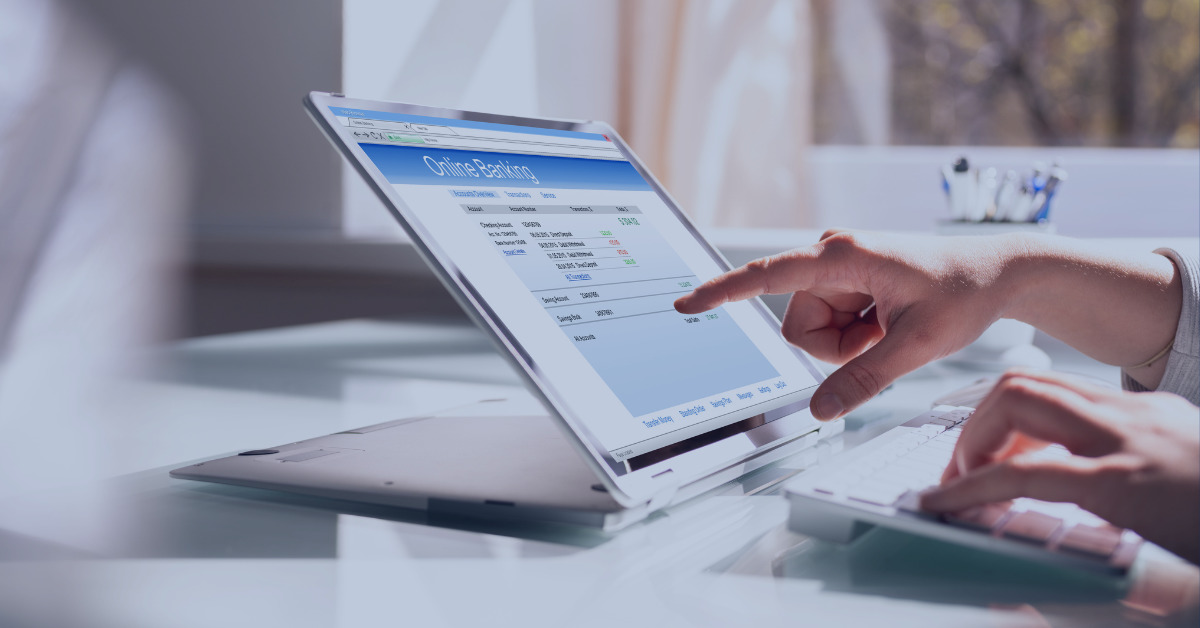CFPB targets “junk fees”
In recent guidance, the Consumer Financial Protection Bureau (CFPB) highlighted two “junk fee” practices that, in its view, are likely unlawful:
- Surprise depositor fees. Banks sometimes charge fees to consumers who deposit checks that bounce. Typically, this happens because check originators have insufficient funds in their accounts, but in some cases, depositors are victims of check fraud. Either way, the CFPB explains, “Charging a fee to the depositor penalizes the person who could not anticipate the check would bounce, while doing nothing to deter the originator from writing bad checks.” According to the CFPB, indiscriminately charging these depositor fees likely violates the Consumer Financial Protection Act. A better approach is for banks to limit these fees to situations in which the depositor should have anticipated the check would bounce — for example, when the depositor has deposited several bad checks from the same originator.
- Surprise overdraft fees. These fees — which may be imposed when a customer doesn’t reasonably expect their actions to result in an overdraft — also may violate the law. One example is an “authorize positive, settle negative” transaction. This occurs when a consumer has sufficient available balance in the account when a transaction is initiated and authorized by the bank. But because of intervening authorizations, settlements or other complex processes, the financial institution finds the consumer’s balance is insufficient at the time the transaction is settled.
Should you amend your qualified retirement plans?
Like many businesses, banks are facing a labor shortage. One way to help attract and retain qualified workers is to offer a competitive employee benefits package. The SECURE 2.0 Act of 2022 provides employers with several options for enhancing their 401(k) or other qualified retirement plans. For example, plans can now permit employees who suffer economic losses from a federally declared disaster to withdraw up to $22,000 penalty-free. Employees also can spread the tax on those withdrawals over three years — or avoid tax completely — by repaying the withdrawal and recontributing the funds to a tax-advantaged retirement account within three years. In addition, plans may increase the maximum loan amount for disaster victims from $50,000 to $100,000.
Starting in 2024, under SECURE 2.0, plans will be permitted to treat qualified student loan payments as elective deferrals for matching purposes. This can be an attractive benefit for employees who otherwise would have to choose between paying down their student debt and deferring salary to a qualified plan to get matching contributions. Other provisions allow employers to offer tax-advantaged emergency savings accounts to rank-and-file employees and to permit employees to receive fully vested employer contributions (including matching contributions) as after-tax Roth contributions.
© 2023
